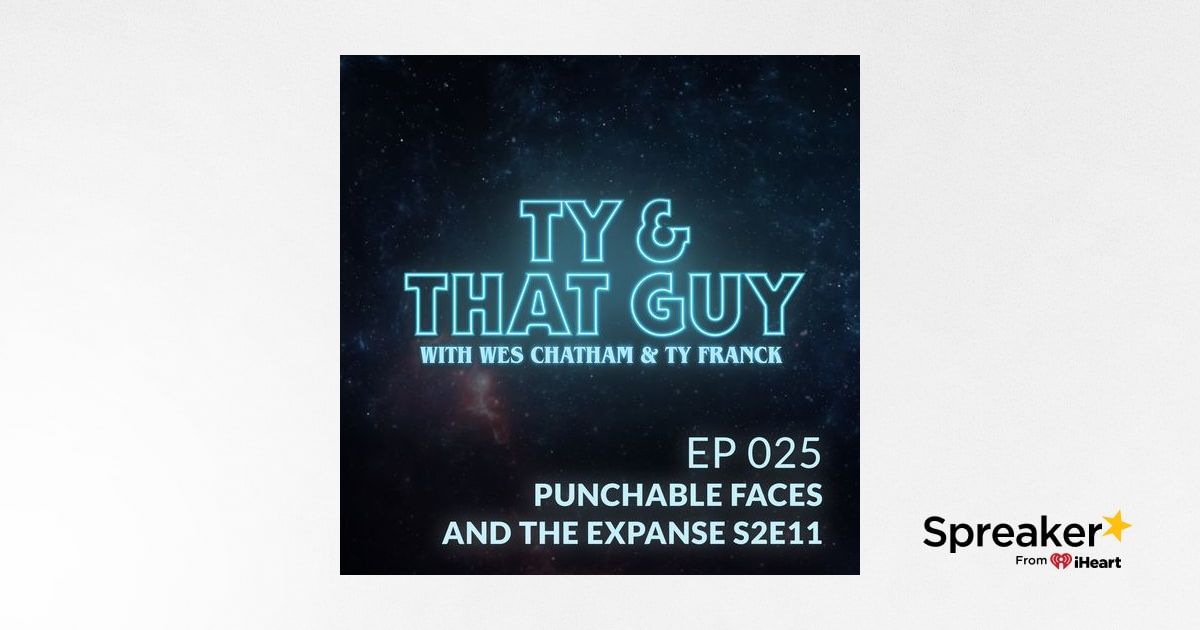Post details
Mike speaks with Sean Falconer, head of Developer Relations at Skyflow

Mike speaks with Sean Falconer, head of Developer Relations at Skyflow

This is the post-KubeCon CloudNativeCon EU 2022 week. Gerhard is talking to Matt Moore, founder & CTO of Chainguard about all things Knative and Sigstore. The most important topic is swag, because none has better stickers than Chainguard. The other topic is the equivalent of Let’s Encrypt for securing software.

This week we’re peeking into the future again — this time we’re looking at the future of modern code review and workflows around pull requests. Jerod and Adam were joined by two of the co-founders of Graphite — Tomas Reimers and Greg Foster. Graphite is an open-source CLI and code review dashboard built for engineers w...

We’re talking with Woody Zuill today about all things Mob Programming. Woody leads Mob Programming workshops, he’s a speaker on agile related topics, and coaches and guides orgs interested in creating an environment where people can do their best work. We talk through it all and we even get some amazing advice from Woo...

The home team covers the hiring freezes and layoffs hitting the tech sector, burnout among freelancers and applicants for tech jobs, the dubious ethics of unpaid internships, and how to make Twitter safer by preemptively blocking people.

Today we are at KubeCon CloudNativeCon EU 2022, talking to Adolfo García Veytia about securing Kubernetes releases. Adolfo is a Staff Software Engineer at Chainguard, and one of the technical leads for SIG release, meaning that he helps ship Kubernetes. You most likely know him as Puerco, and have seen first-hand his p...

The home team talks about the past, present, and future of crypto; good reasons to go public with your open-source project before you think you should; and the importance of test-driven development.

Matt Holt & Mohammed S. Al Sahaf sit down with Natalie & Jon to discuss every gopher’s favorite open source web server with automatic HTTPS! In addition to laying out what Caddy is and why it’s interesting, we dive deep into how you can (and why you might want to) extend Caddy as a result of its modular archite...

The Adults Corner - Episode 10, Relationships. “No one is ever going to love you” This episode Chloe grieves her ex while Cherry opens up about past relationship issues & expectations from past lovers. Cherry & Chloe also touch on: Psychedelics Dating patterns Odour and vaginasLying and cheating Boyfriends in brothels Stay at home Dads Sex kink parties lesbian sex.

Another entry in the maintenance series! Throughout the series we’ve discussed building versus buying, building actually maintainable software, maintaining ourselves, open source maintenance, legacy code, and most recently Go project structure. In this 7th installment of the series, we continue narrowing our focus by t...

Ty Franck (one half of James S.A. Corey), Wes Chatham ('Amos Burton' on The Expanse) & Bahia Watson
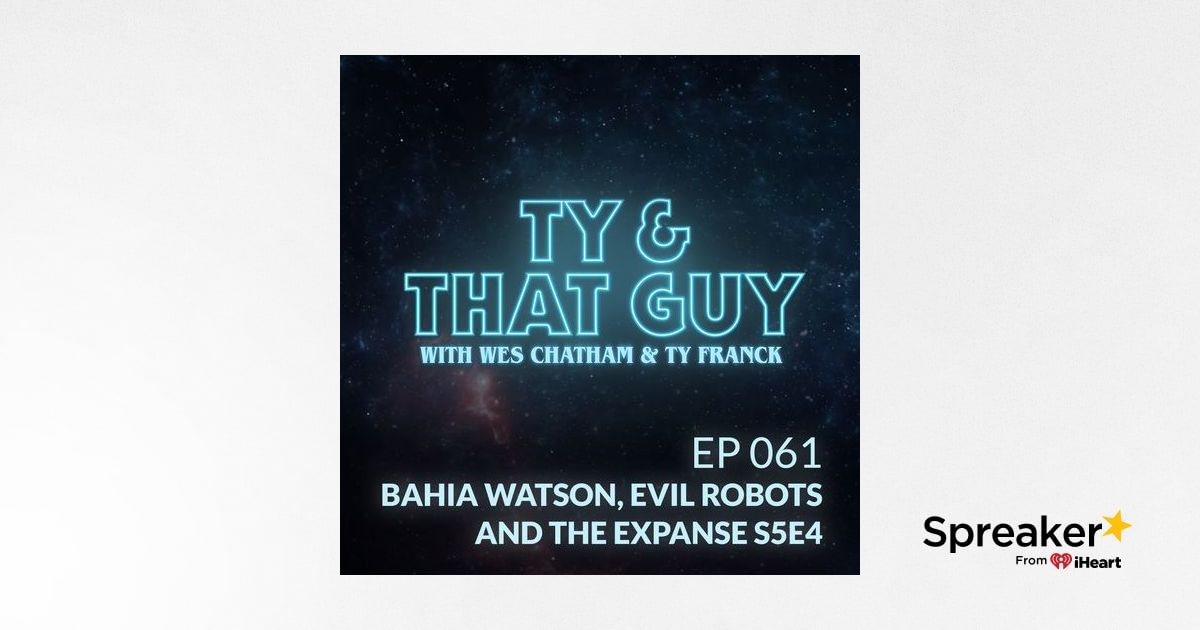
Ty Franck (one half of James S.A. Corey) & Wes Chatham ('Amos Burton' on The Expanse) discuss their

Ty Franck (one half of James S.A. Corey) & Wes Chatham ('Amos Burton' on The Expanse) discuss their
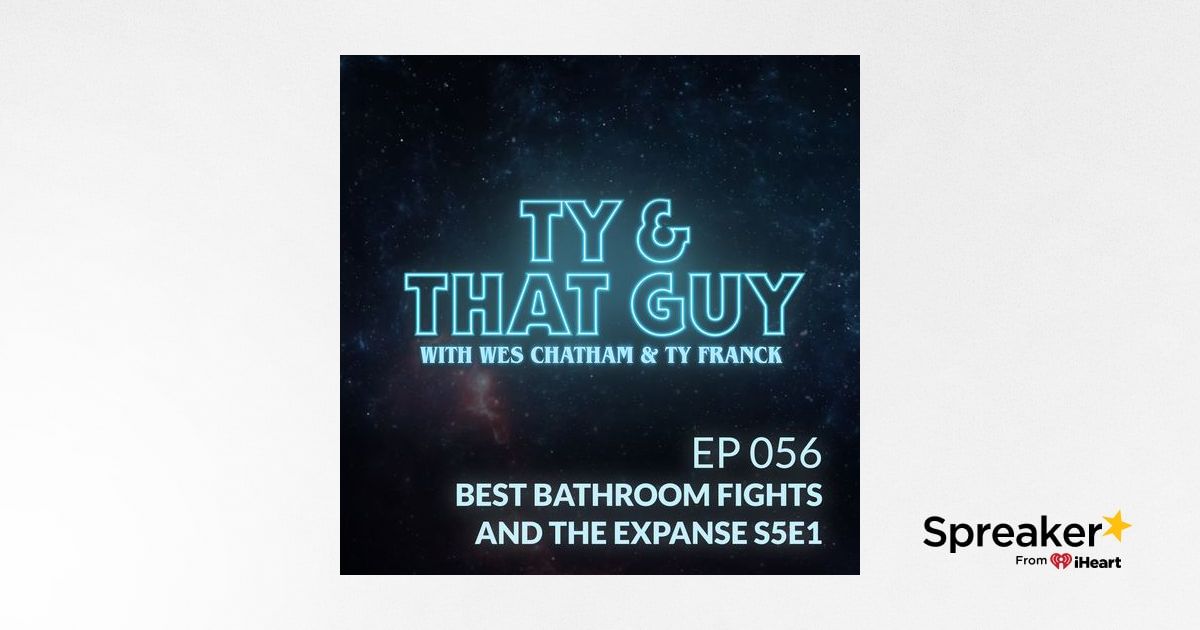
Wes Chatham ('Amos Burton' on The Expanse) & Breck Eisner (TV & Movie Director) discuss favorite las
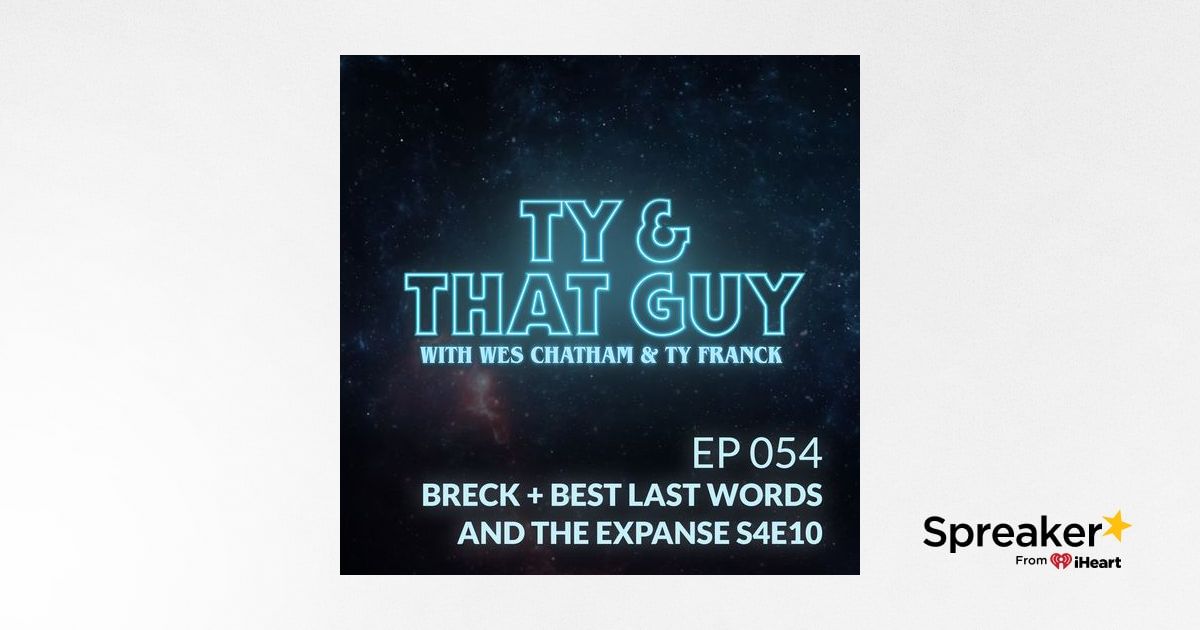
We cover quite a few topics in this episode from sitting on cakes for content, to onlyfans creators / payment gateways/ social media content creators/ starting in the adult industry/ ripple effect of actions online/ why men subscribe to onlyfans content creators and the mentality behind it.

Ty Franck (one half of James S.A. Corey) & Wes Chatham ('Amos Burton' on The Expanse) discuss cold b
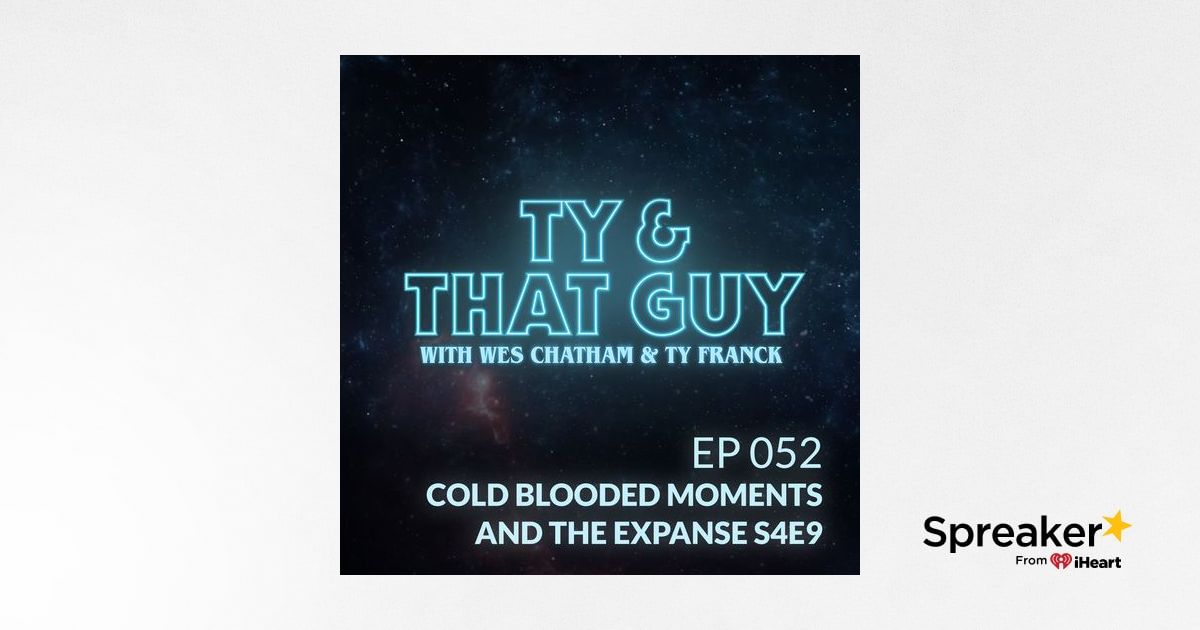
Ty Franck (one half of James S.A. Corey) & Wes Chatham ('Amos Burton' on The Expanse) discuss their
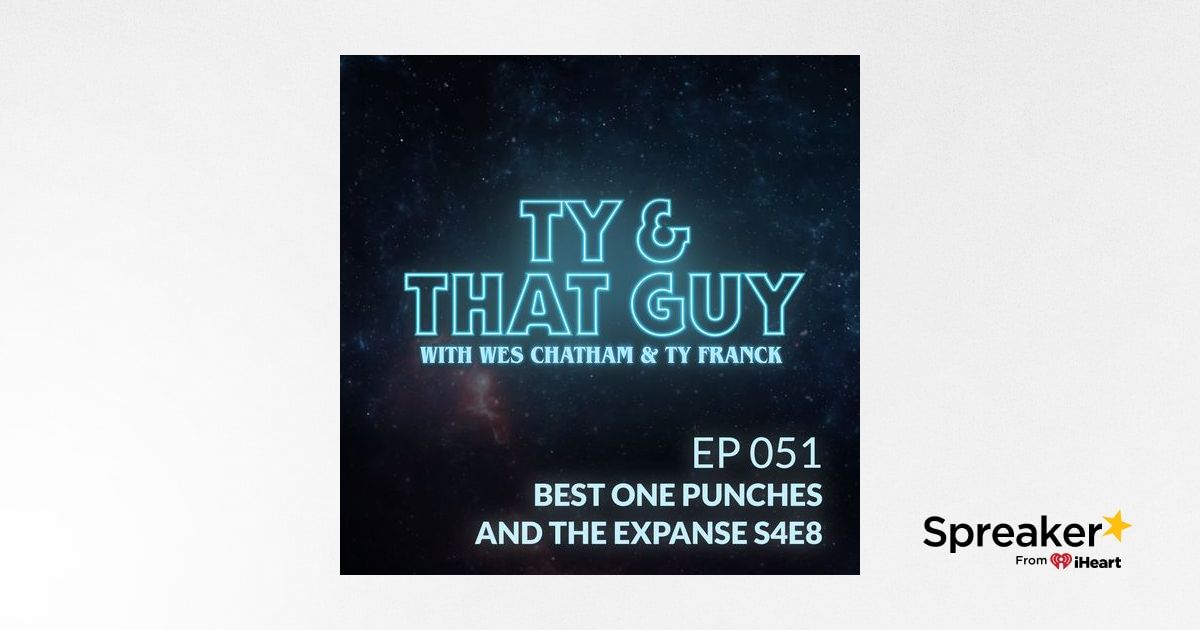
Ty Franck (one half of James S.A. Corey) & Wes Chatham ('Amos Burton' on The Expanse) discuss their
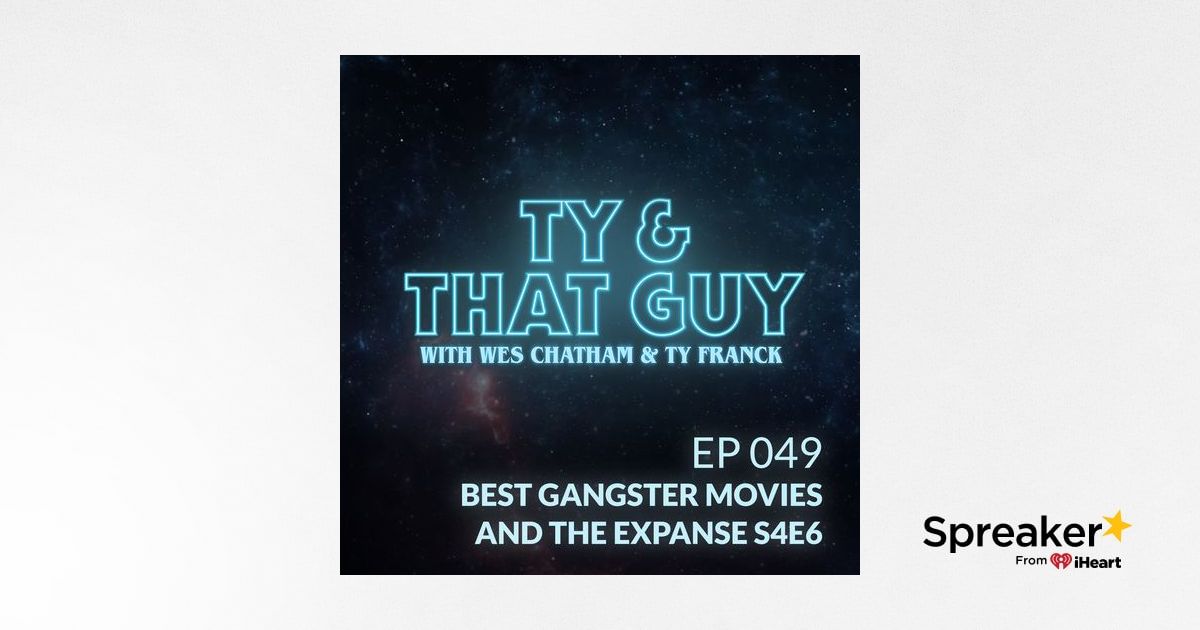
Ty Franck (one half of James S.A. Corey) & Wes Chatham ('Amos Burton' on The Expanse) discuss their

Ty Franck (one half of James S.A. Corey) & Wes Chatham ('Amos Burton' on The Expanse) talk about the

Ty Franck (one half of James S.A. Corey) & Wes Chatham ('Amos Burton' on The Expanse) discuss their
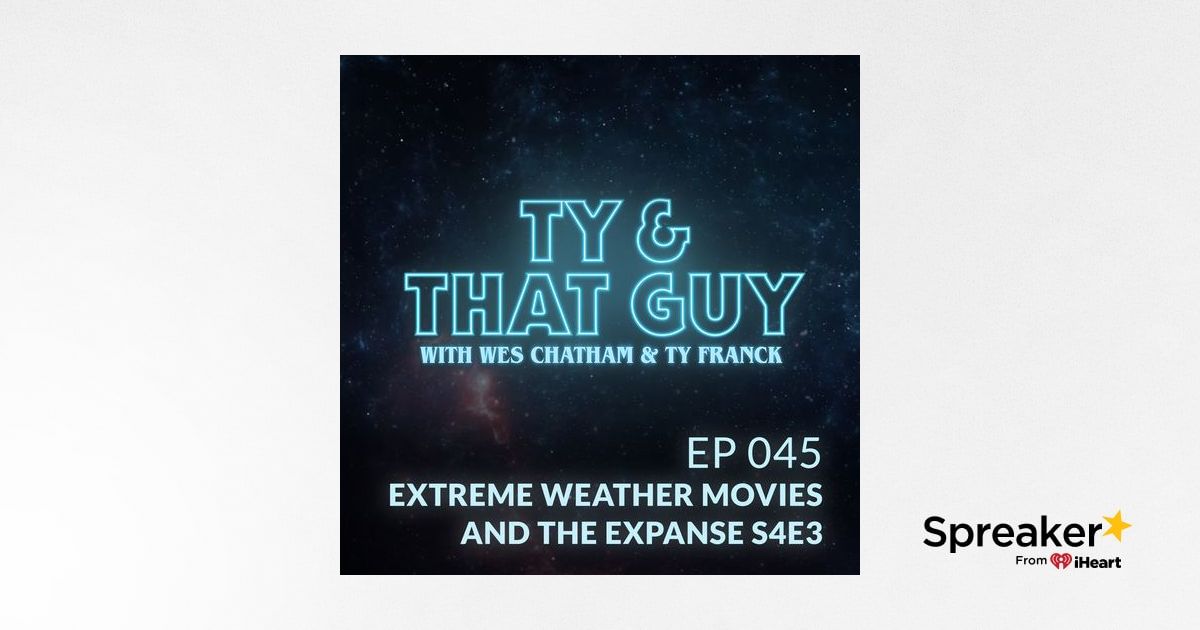
Ty Franck (one half of James S.A. Corey) & Wes Chatham ('Amos Burton' on The Expanse) sit down with
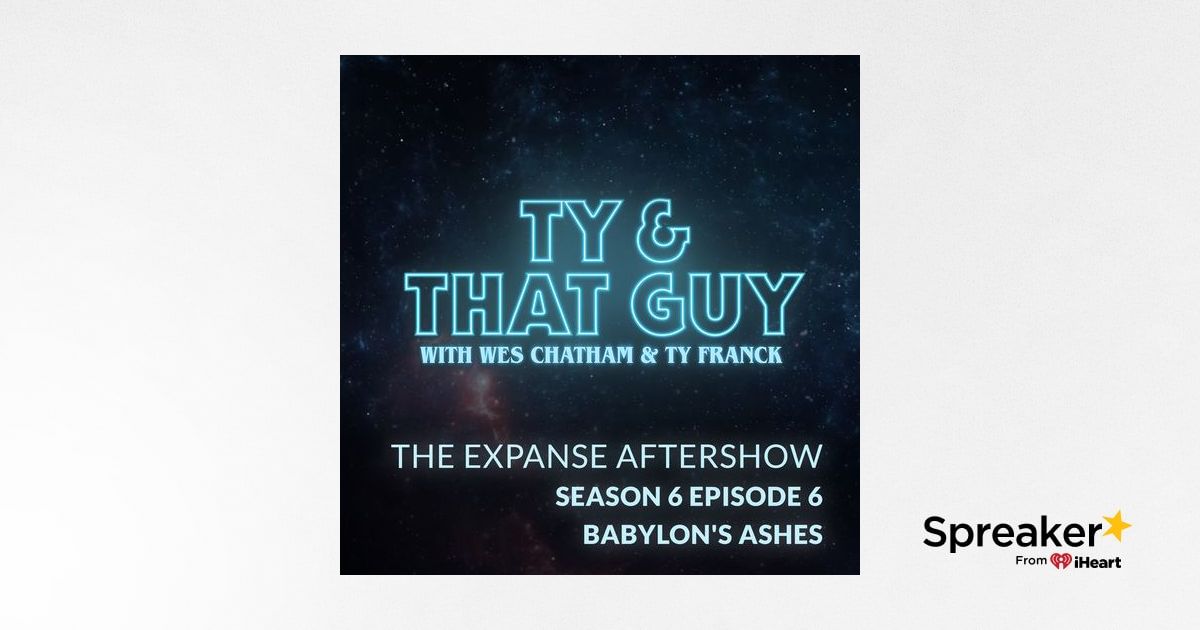
Ty Franck (one half of James S.A. Corey) & Wes Chatham ('Amos Burton' on The Expanse) sit down with
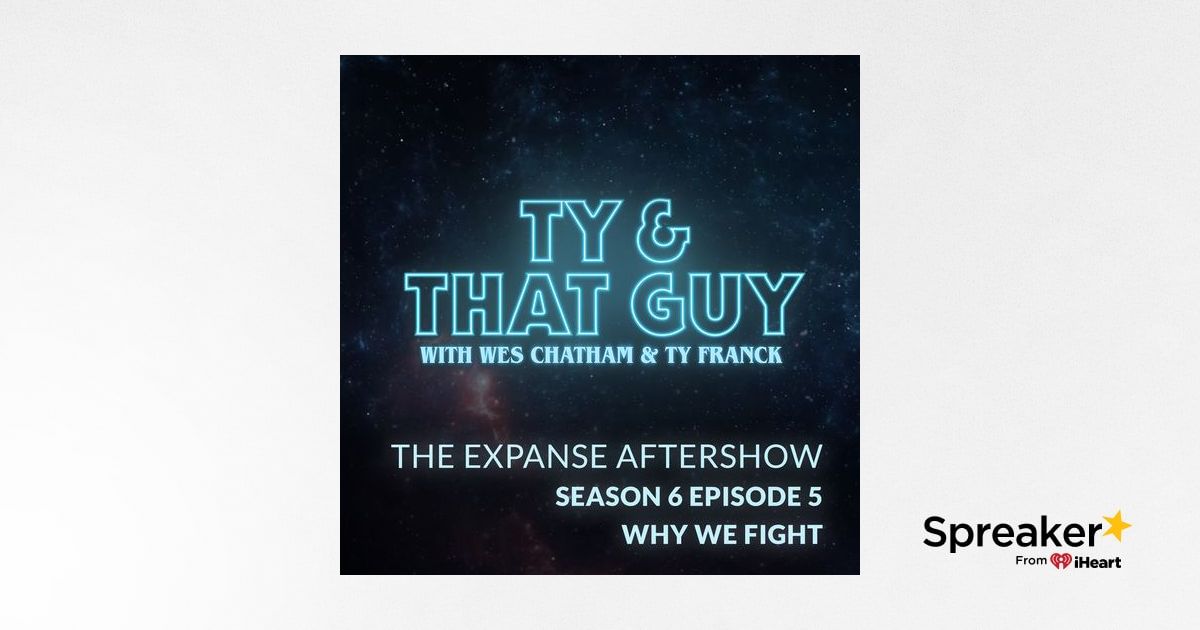
Ty Franck (one half of James S.A. Corey) & Wes Chatham ('Amos Burton' on The Expanse) sit down with
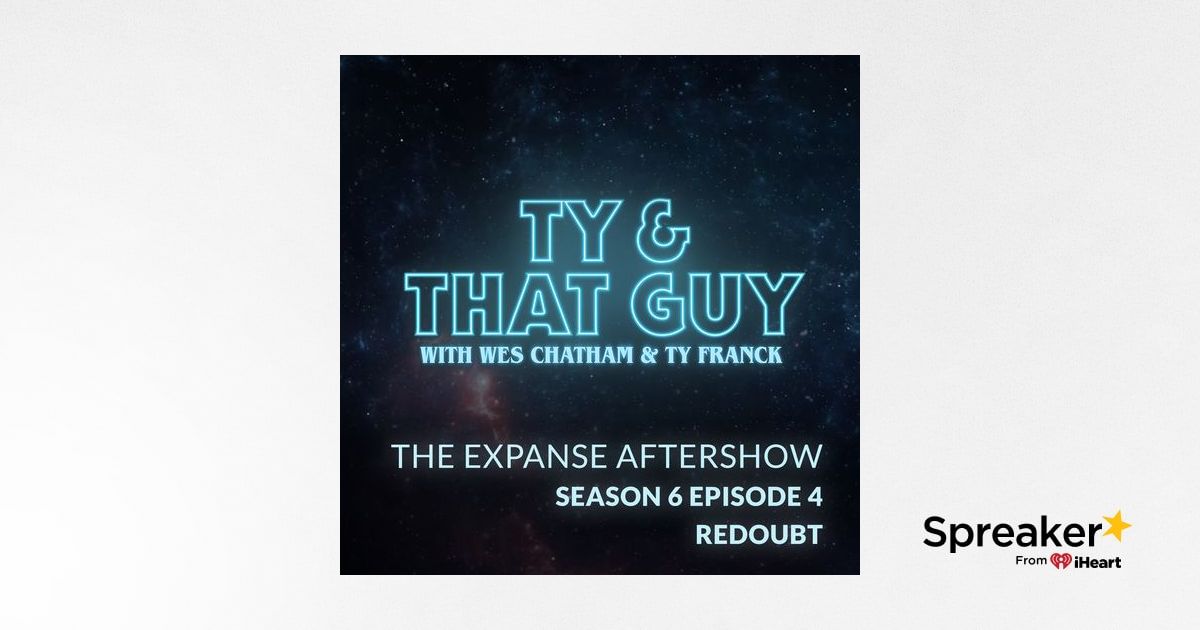
Ty Franck (one half of James S.A. Corey) & Wes Chatham ('Amos Burton' on The Expanse) sit down with
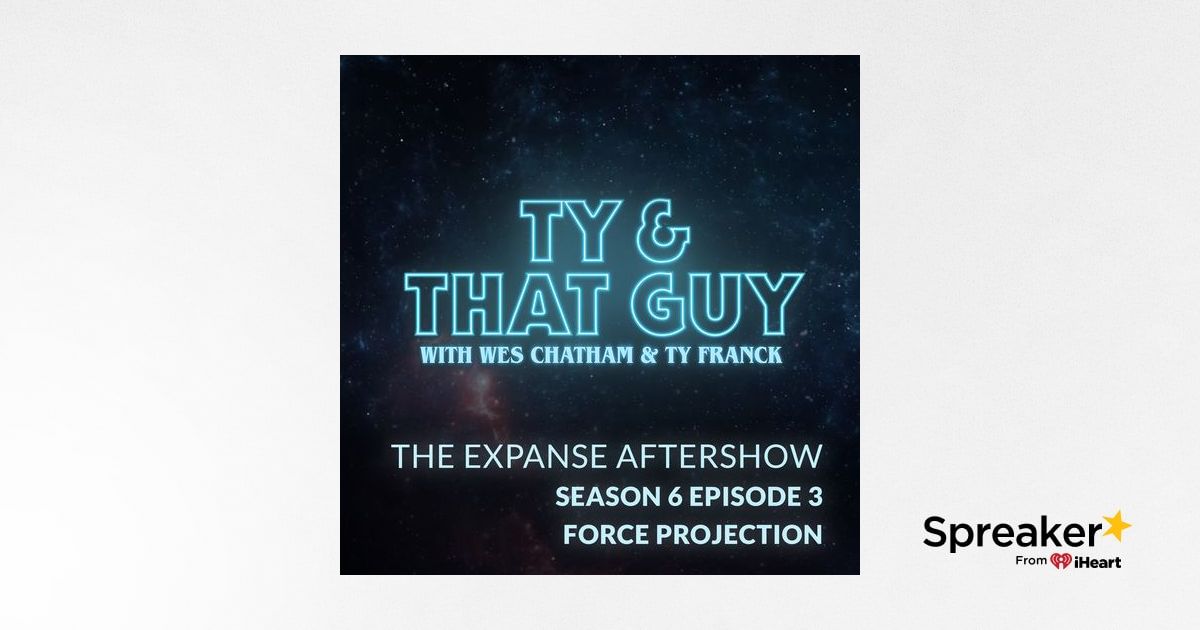
Ty Franck (one half of James S.A. Corey) & Wes Chatham ('Amos Burton' on The Expanse) sit down with
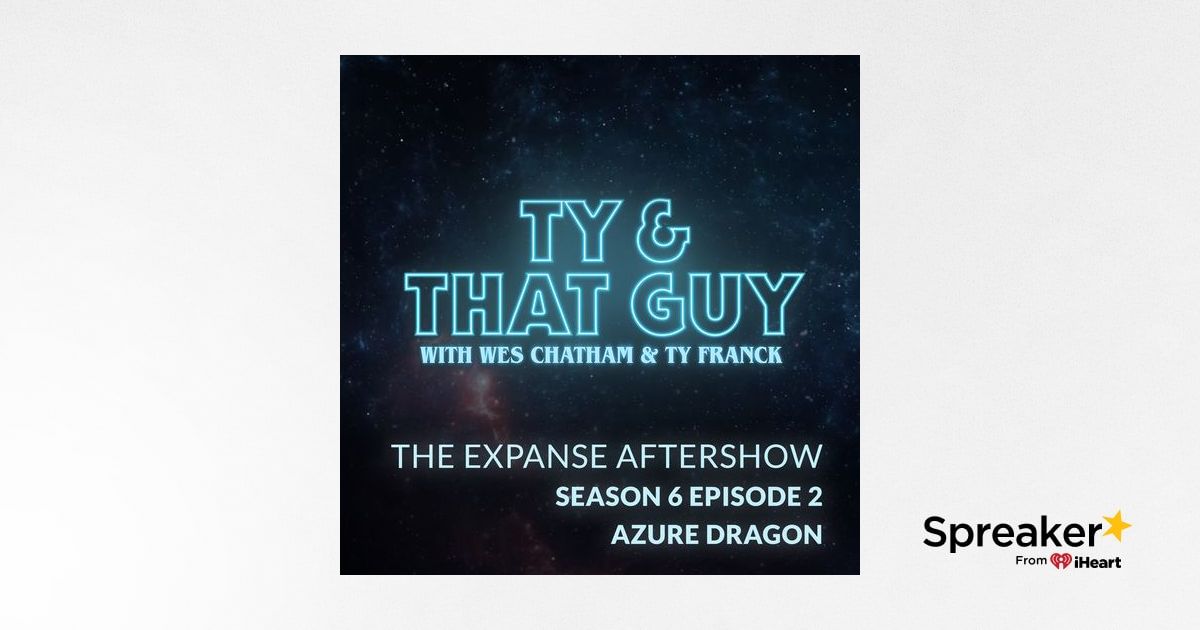
Ty Franck (one half of James S.A. Corey) & Wes Chatham ('Amos Burton' on The Expanse) sit down with
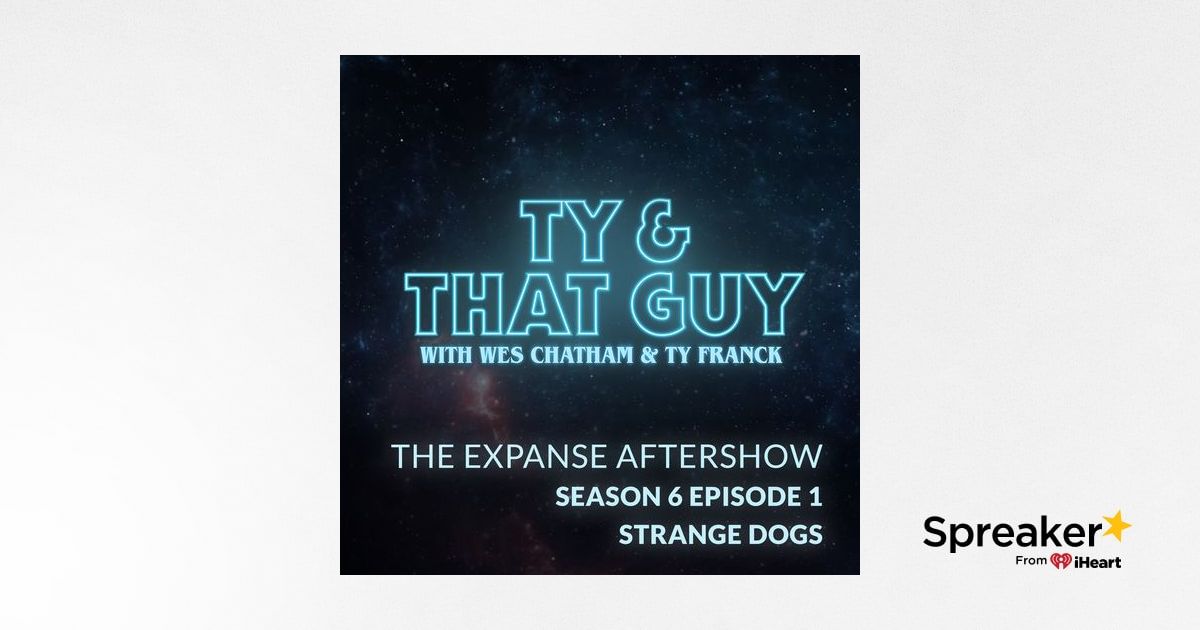
Ty Franck (one half of James S.A. Corey) & Wes Chatham ('Amos Burton' on The Expanse) talk about the
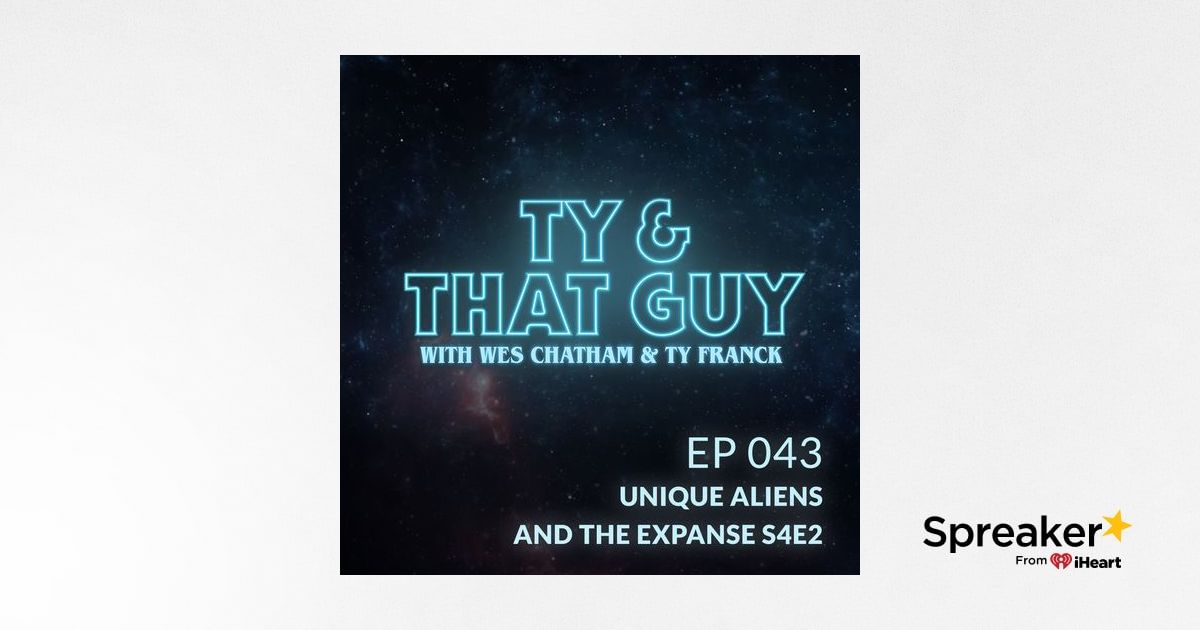
GUEST EPISODE GUYS! This time Julia & Stefie invited another gorgeous queen to the podcast, Kayla aka Lichlings. They talk about her job as a streamer and adult content creator on OnlyFans. They share their experiences with the website & what makes it special/better than other social media. Enjoyed this episode? Make sure to like & subscribe to our Podcast channel or follow us on Twitter | Instagram | Youtube @derspnburps

Ty Franck (one half of James S.A. Corey) & Wes Chatham ('Amos Burton' on The Expanse) discuss the be
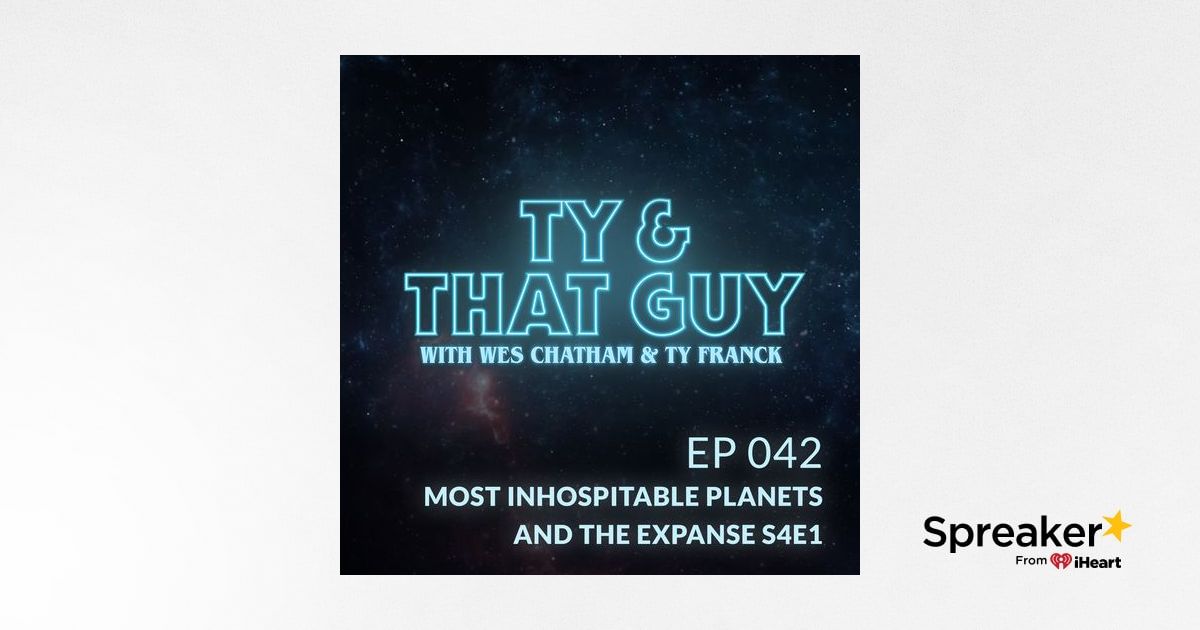
Ty Franck (one half of James S.A. Corey) & Wes Chatham ('Amos Burton' on The Expanse) discuss the be
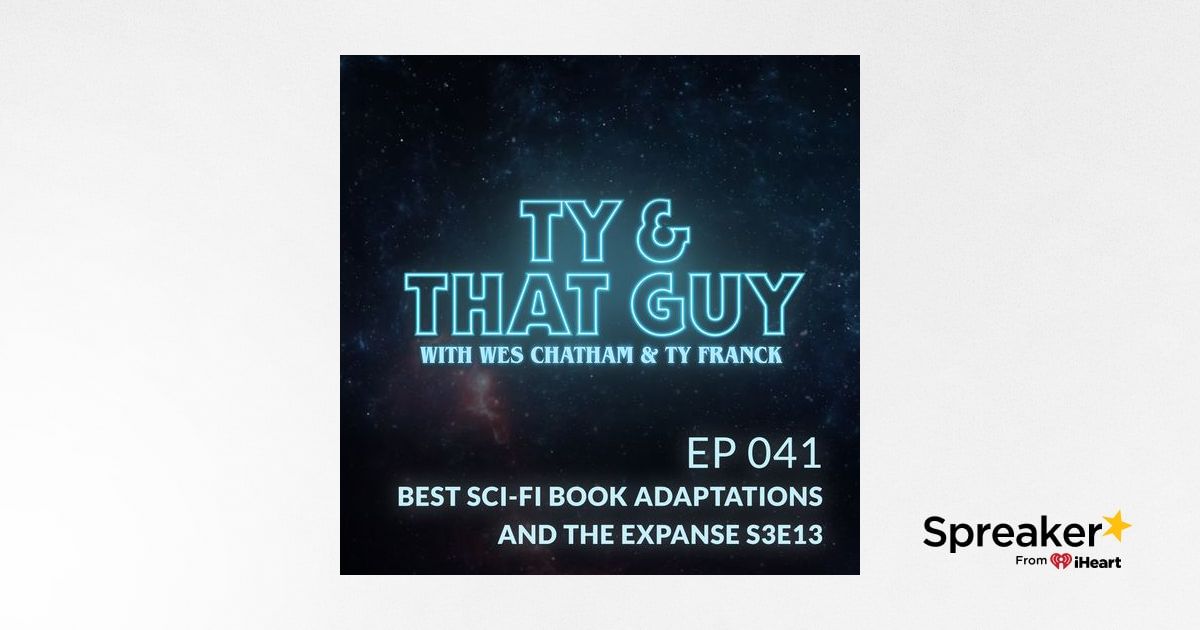
Ty Franck (one half of James S.A. Corey) & Wes Chatham ('Amos Burton' on The Expanse) discuss films
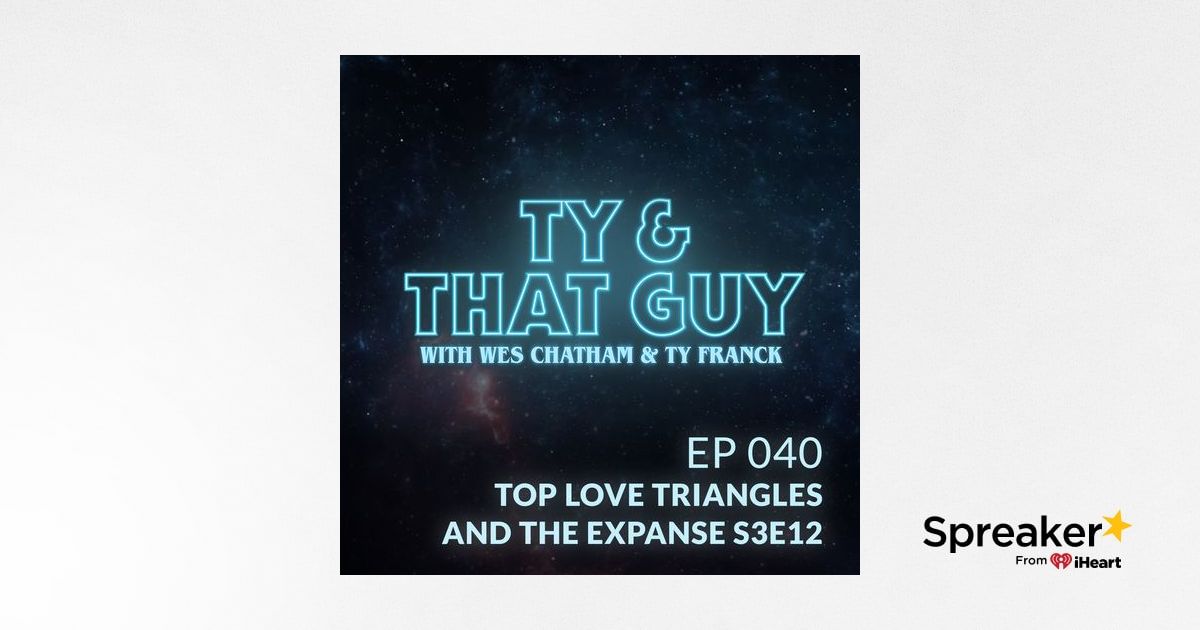
Ty Franck (one half of James S.A. Corey) & Wes Chatham ('Amos Burton' on The Expanse) discuss films
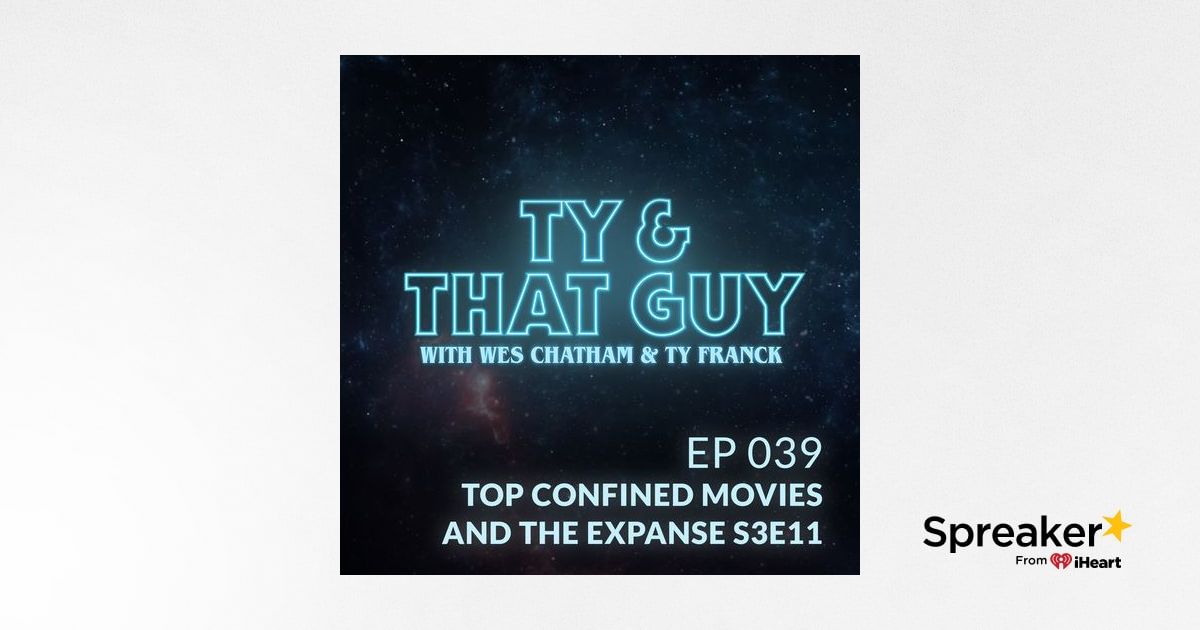
Ty Franck (one half of James S.A. Corey) & Wes Chatham ('Amos Burton' on The Expanse) discuss their
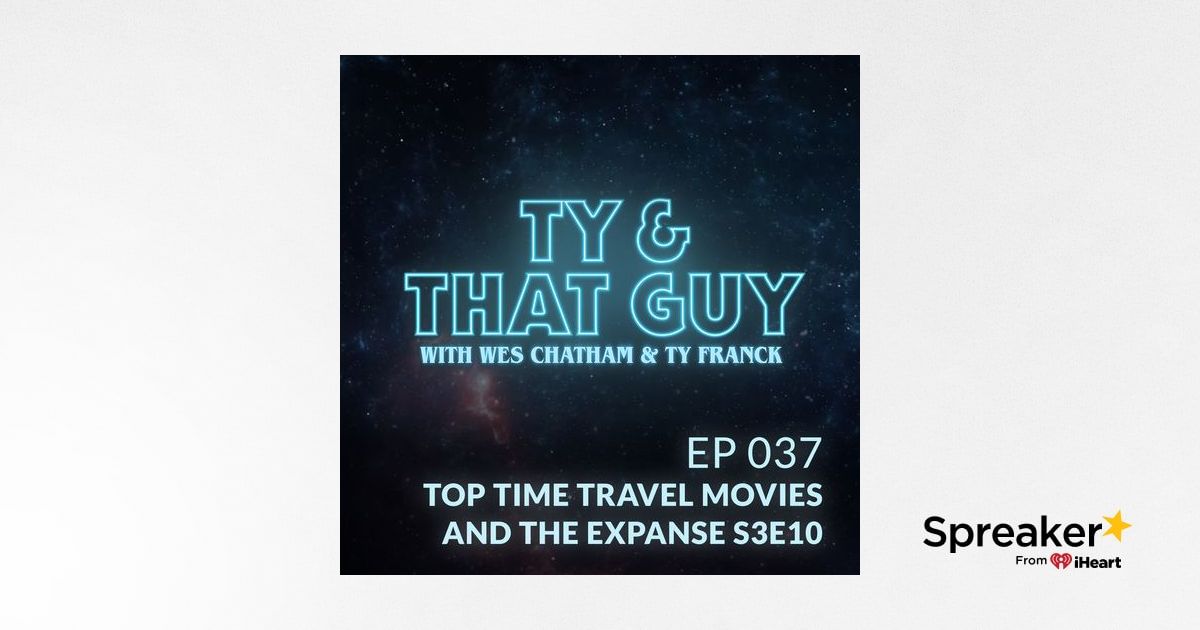
Ty Franck (one half of James S.A. Corey) & Wes Chatham ('Amos Burton' on The Expanse) all the FRIEND
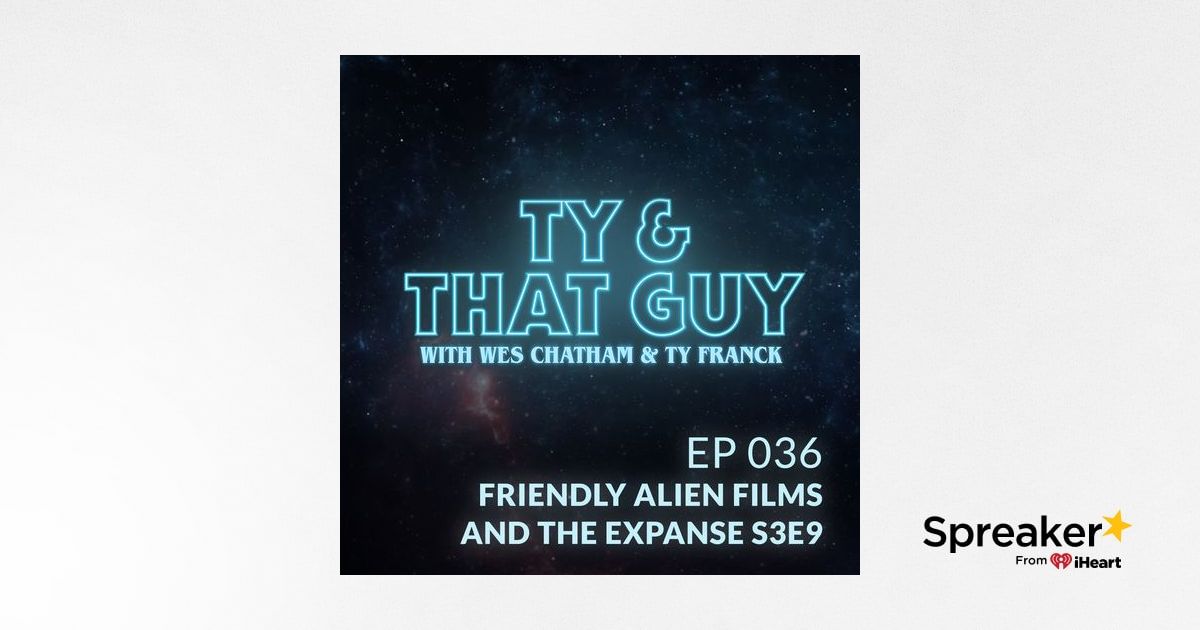
Ty Franck (one half of James S.A. Corey) & Wes Chatham ('Amos Burton' on The Expanse) discuss The Ex

Ty Franck (one half of James S.A. Corey) & Wes Chatham ('Amos Burton' on The Expanse) discuss their

Ty Franck (one half of James S.A. Corey) & Wes Chatham ('Amos Burton' on The Expanse) get very speci

Ty Franck (one half of James S.A. Corey) & Wes Chatham ('Amos Burton' on The Expanse) dive deep to d

Ty Franck (one half of James S.A. Corey) & Wes Chatham ('Amos Burton' on The Expanse) get very speci
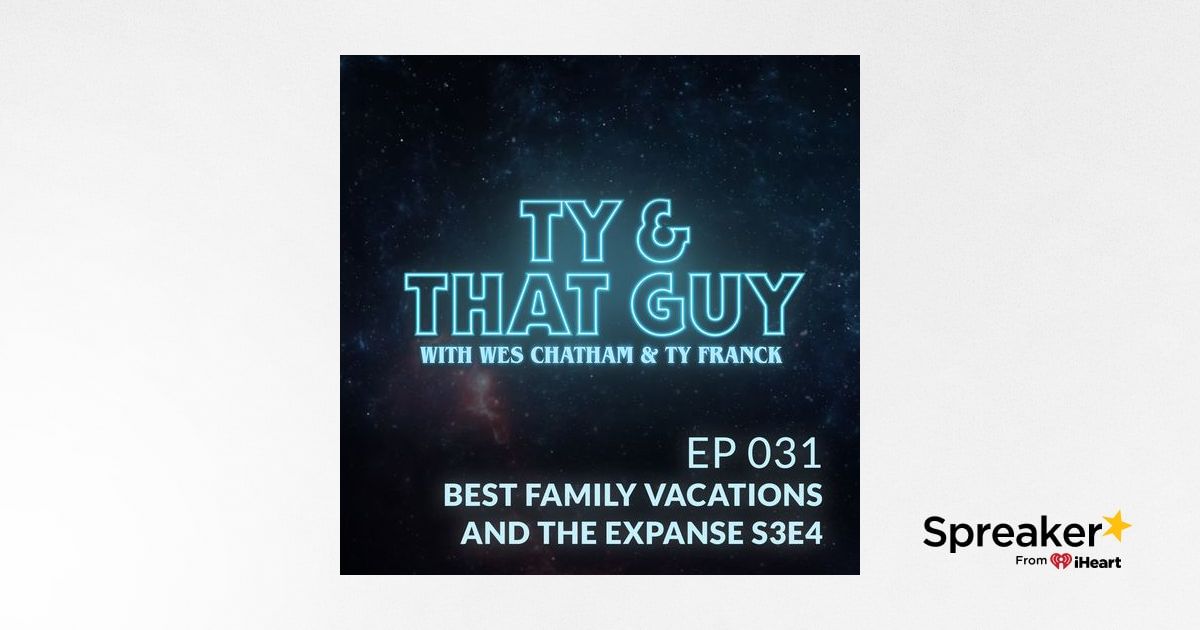
Ty Franck (one half of James S.A. Corey) & Wes Chatham ('Amos Burton' on The Expanse) talk about som
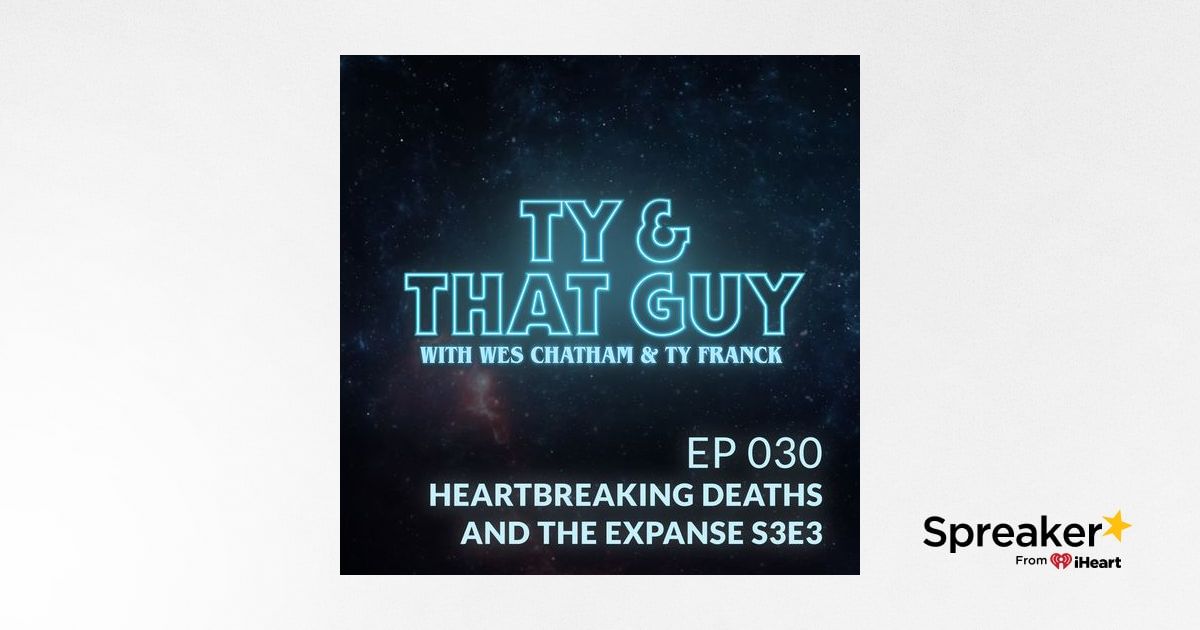
Ty Franck (one half of James S.A. Corey) & Wes Chatham ('Amos Burton' on The Expanse) talk about the

Ty Franck (one half of James S.A. Corey) & Wes Chatham ('Amos Burton' on The Expanse) talk about the
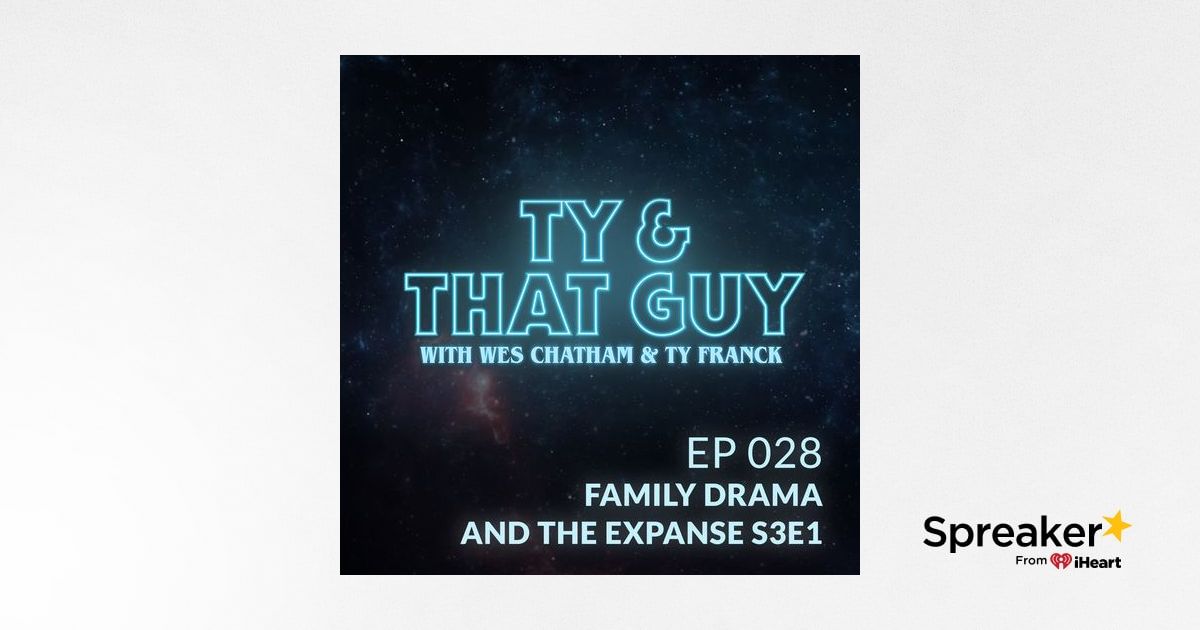
This week we’re joined by Lara Hogan – author of Resilient Management and management coach & trainer for the tech industry. Lara led engineering teams at Kickstarter and Etsy before she, and Deepa Subramaniam stepped away from their deep roots in the tech industry to start Wherewithall – a consultancy that helps le...

Ty Franck (one half of James S.A. Corey) & Wes Chatham ('Amos Burton' on The Expanse) talk "monster
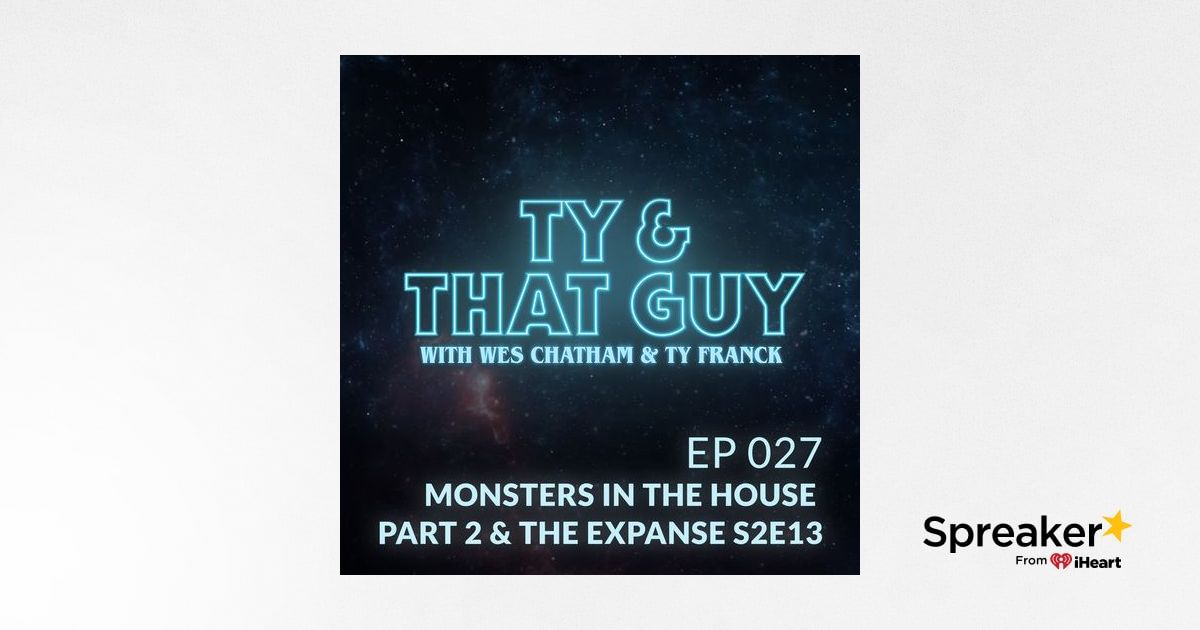
Ty Franck (one half of James S.A. Corey) & Wes Chatham ('Amos Burton' on The Expanse) talk about the
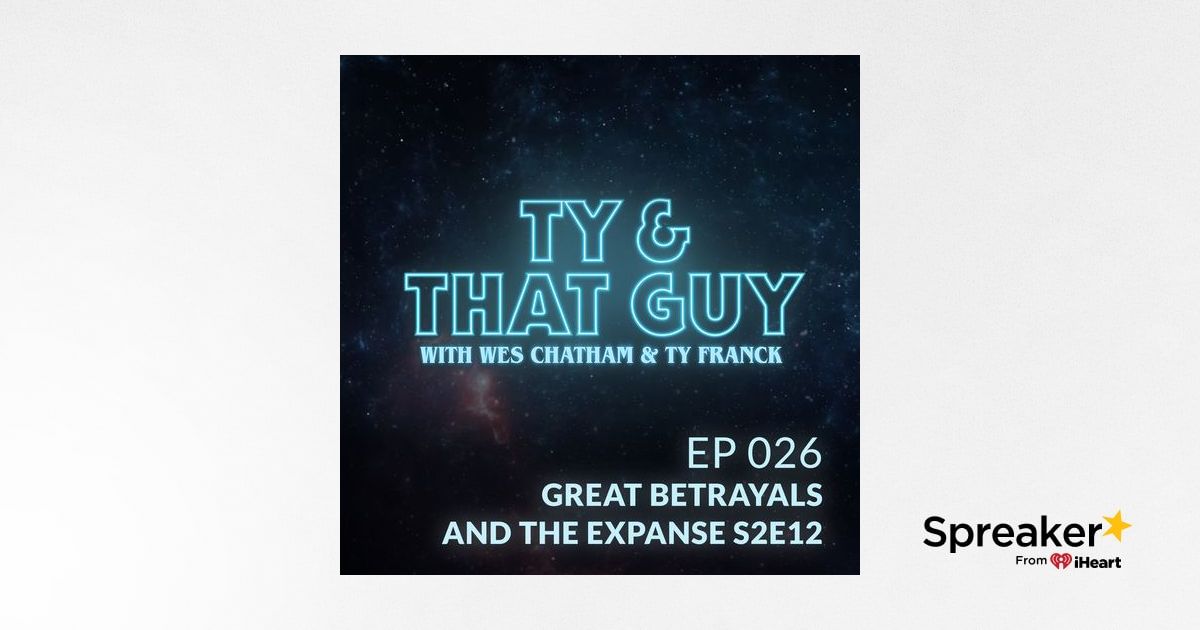
Ty Franck (one half of James S.A. Corey) & Wes Chatham ('Amos Burton' on The Expanse) talk abou film
